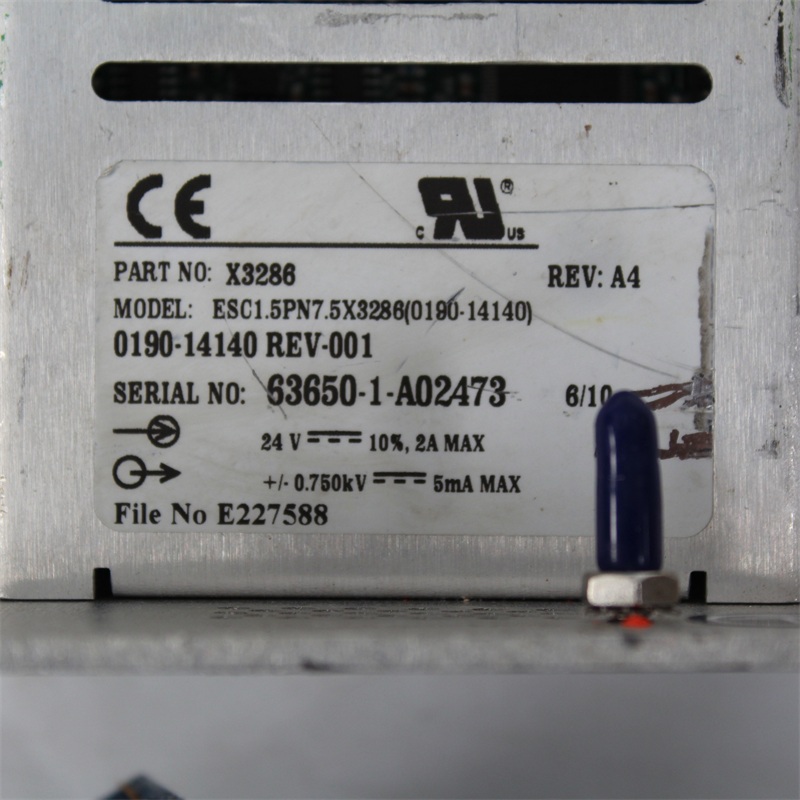Any one of the four basic constant voltage regulators can also furnish a constant current output provided that its output voltage can be varied down to zero, or at least over the output voltage range required by the load. Besides the regulator, the reference and control circuits required for constant current operation are nearly identical to those used for constant voltage operation. As a result of these many common elements, most constant current configurations are combined with a constant voltage circuit in one Constant Voltage/Constant Current (CV/CC) power supply.
While the constant voltage supply monitors the output voltage across its output terminals, the constant current supply monitors the output current by sensing the voltage drop across a current monitoring resistor (RM) connected in series with the load . The current feedback loop acts continuously to keep the two inputs to the comparison amplifier equal. These inputs are the voltage drop across the front panel current control and the IR drop developed by load current IL flowing through current monitoring resistor RM. If the two voltages are momentarily unequal, the comparison amplifier output changes the conduction of the series regulator, which in turn, corrects the load current (voltage drop across RM) until the error voltage at the comparison amplifier input is reduced to zero. Momentary unbalances at the comparison amplifier are caused either by adjustment of current control Ra, or by instantaneous output current changes due to external disturbances. Whatever the cause, the regulator action of the feedback loop will increase or decrease the load current until the change is corrected.
